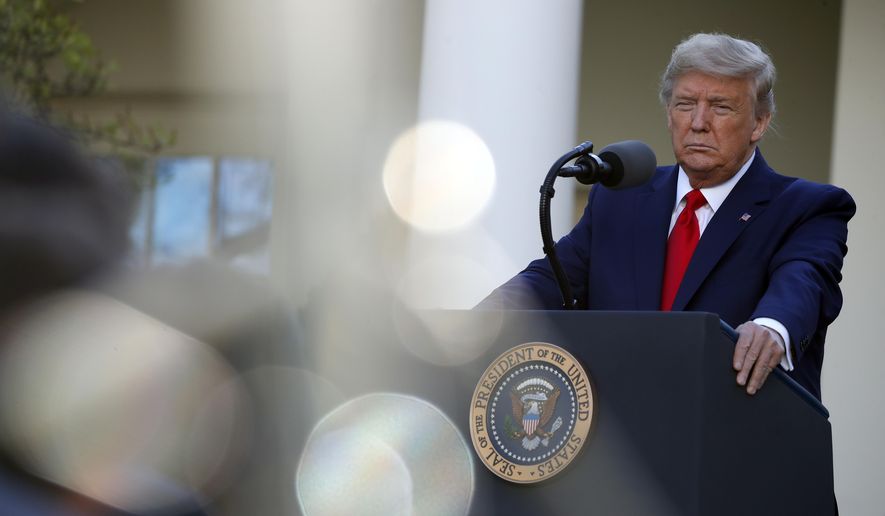Sometimes It Makes Sense to Spend a Trillion Dollars You Don’t Have
April 2, 2020
I have been taught to save not spend – “that birthday gift would be better left in the bank”. I have been taught never to borrow – “if you can’t pay for it now, wait until you can. Debt is a bad thing”.
So why does it make sense for our government to borrow a trillion dollars to pay for an emergency fiscal stimulus package right now when our economy is grinding to a halt and when we are not making any money?
Shouldn’t we be saving?
Nope.
From an individual’s perspective, we can all agree that saving is the best option in this time of uncertainty and unpredictability. But from a governmental perspective, pouring money into our economy will prove beneficial, as the American economy is largely driven by consumer-based spending.
In the past two weeks, Wall Street, the so-called “heart of our economy,” has run amok. Remember a short while ago when Dow Jones closed in at record-breaking numbers? Well, that growth has tanked by double-digit percentages. Many investors are in outcry, panic selling to cover their losses, while others are capitalizing on the volatility of the markets by short selling.
But for the rest of America living on Main Street that has been affected by the markets in some way or another, the future looks bleak. Some say that the unemployment rate could conservatively top 20% if a bill of this nature does not pass.
President Trump and Secretary of Treasury, Steven Mnuchin, proposed this $1 trillion emergency fiscal stimulus package to mitigate the widespread financial implications of COVID-19. The goals of the bill are quite simple: 1) Put quick cash in the hands of Americans ($500 billion), 2) Support small businesses that have been impacted by closing their stores ( $300 billion), 3) Bailout the airline industry from lost revenue due to travel bans ($50 billion), and 4) Bailout other sectors of industry that are in financial distress ($150 billion).
In principle, this bill would allow money to recirculate back into the American economy. Think of this in terms of a ripple effect. If $100 is given to one American, that person is likely to spend that money, whether it be on groceries or other necessities. The grocery store, in turn, will generate $100 in revenue, and that money could go towards paying off an employee’s hourly wage for two days (assuming he/she works six hours a day). However, many would argue that the $100 may get caught up in a vicious self-fulfilling cycle. Instead of the $100 going towards the employee’s wage, it goes towards a bonus for the CEO of the grocery store. Luckily, Washington politicians are in bipartisan talks to set stipulations, so that money does not end up in the hands of executives. Another criticism of this bill is that money will not recirculate because people will be inclined to save rather than spend. Nevertheless, that money will be spent at some point in the future.
This is not America’s first attempt at spending money to bring the country out of financially turbulent times. In 2009, President Barack Obama signed into law the American Recovery and Reinvestment Act, which ultimately ended the Great Recession of 2007-2009. This stimulus granted $282 billion in tax cuts and $505 billion for new projects, including health care, education, and infrastructure initiatives. Economists overwhelmingly agreed that the enactment of this aggressive fiscal policy brought the US economy back to the status quo. In fact, they believe that not spending money in times of financial distress is what led to the economic downfall of countries like Japan. Japan’s “Lost Decade” was a time in the 1990s when Japan’s economy experienced deflation. Economic indicators such as GDP (Gross Domestic Product) fell, and this turmoil has led to stagnation in Japan’s economy that they are still recovering from today. We cannot let this happen.
Before the outbreak of COVID-19, our economy was flourishing. The American Dream was alive and well. But this dream is in danger of becoming the American Nightmare. The plan to pour $1 trillion into our economy, if not more, is our only hope of bringing us out of a pandemic that could eliminate the United States’ economic security and continue to wreak havoc for months if not years to come.







